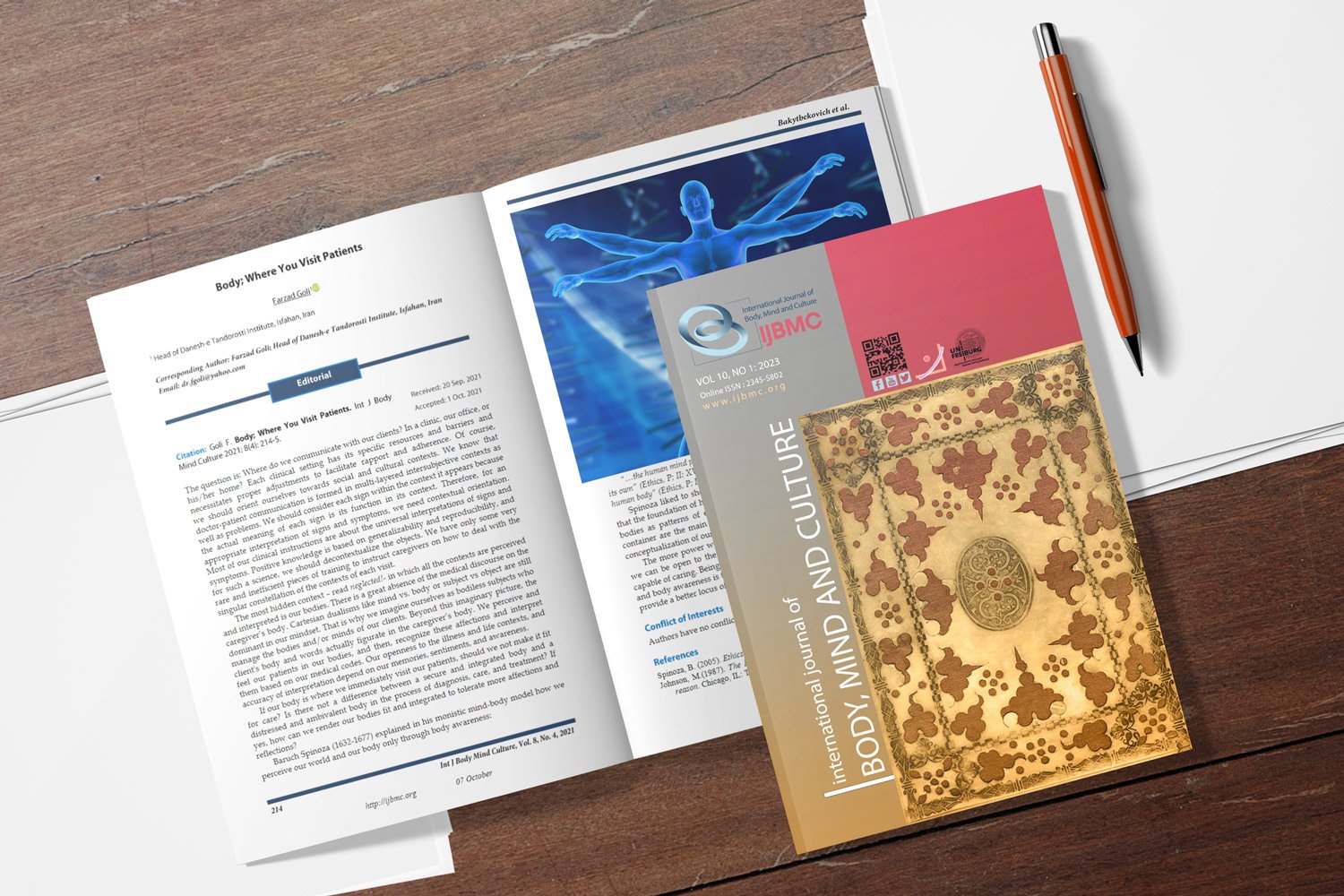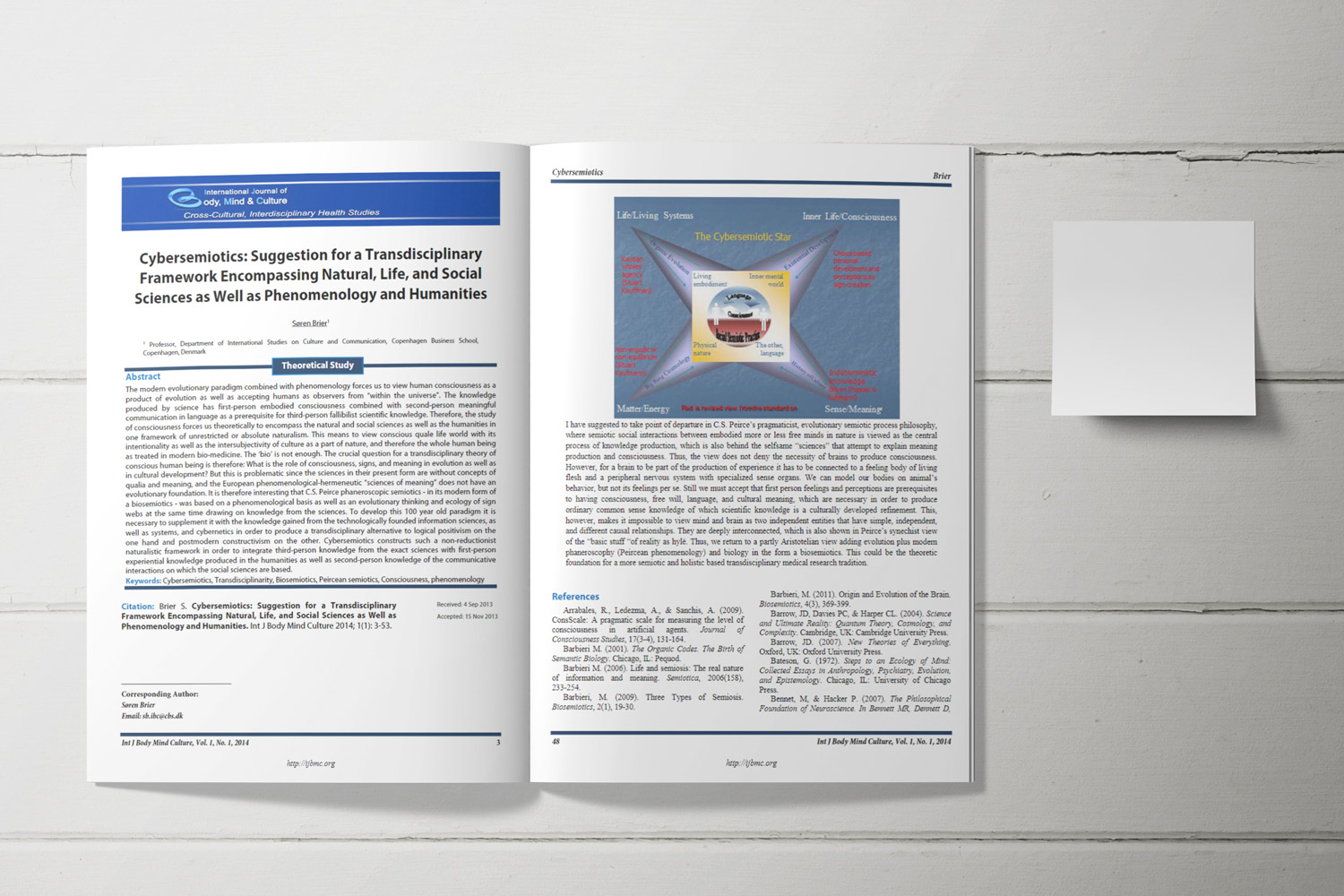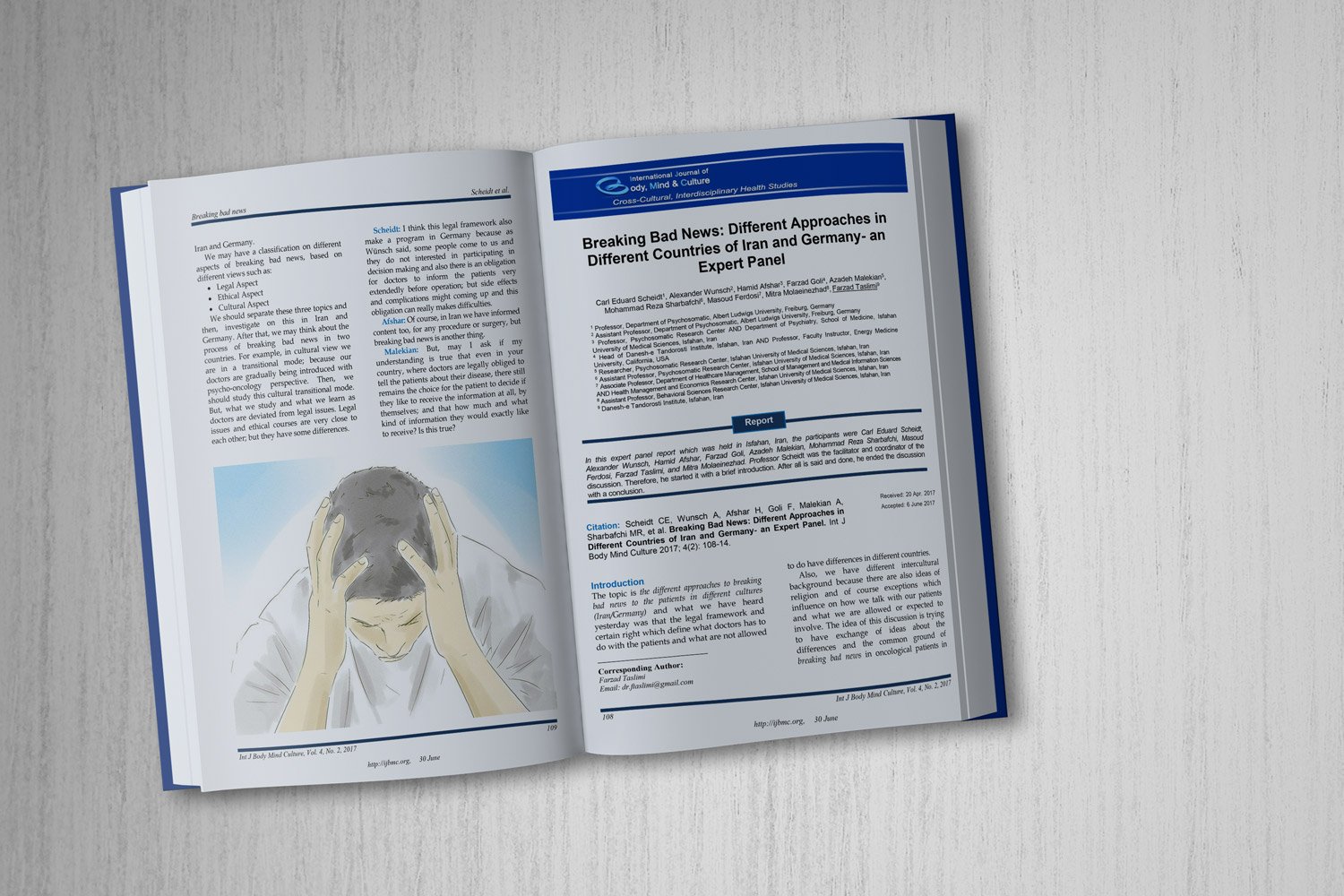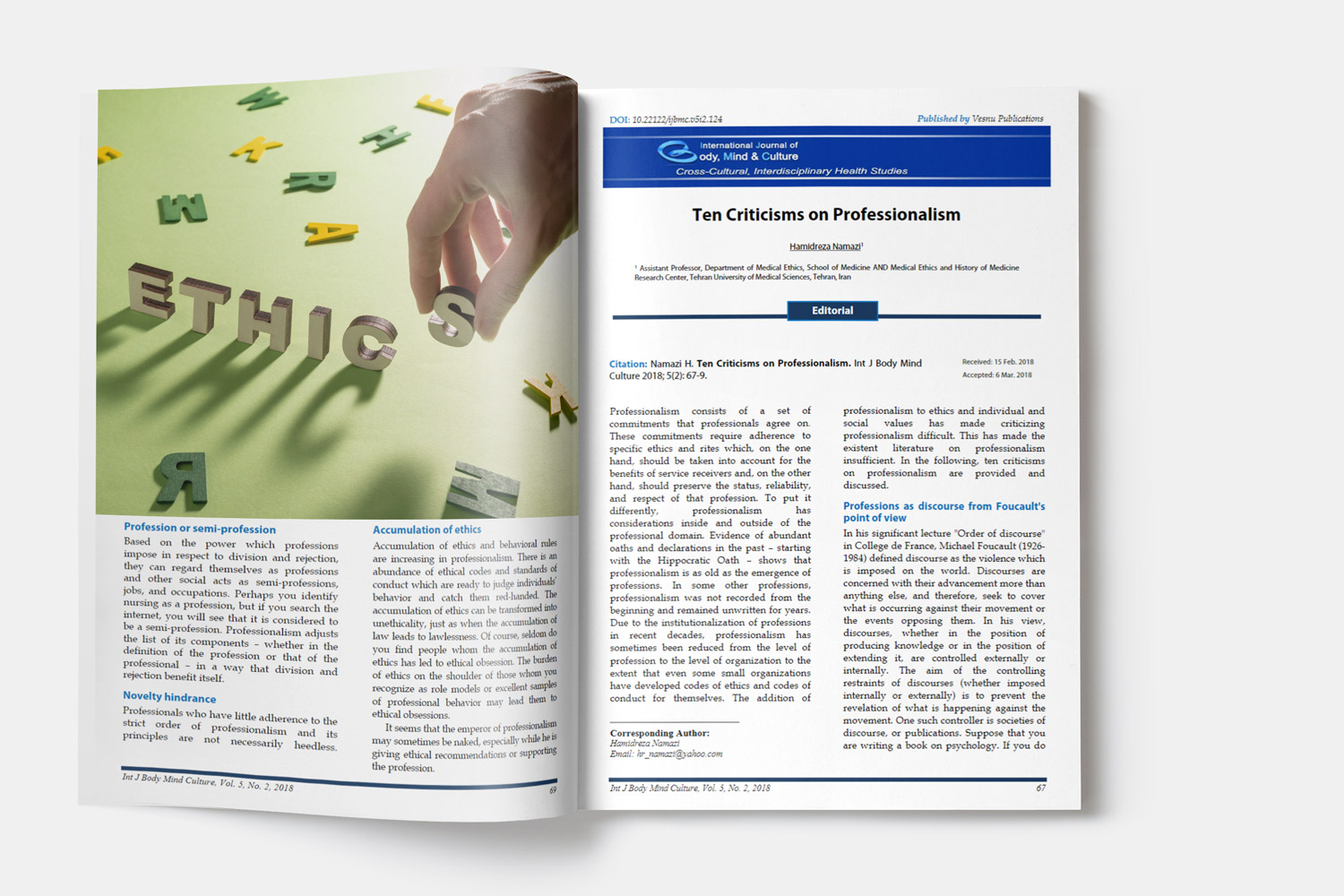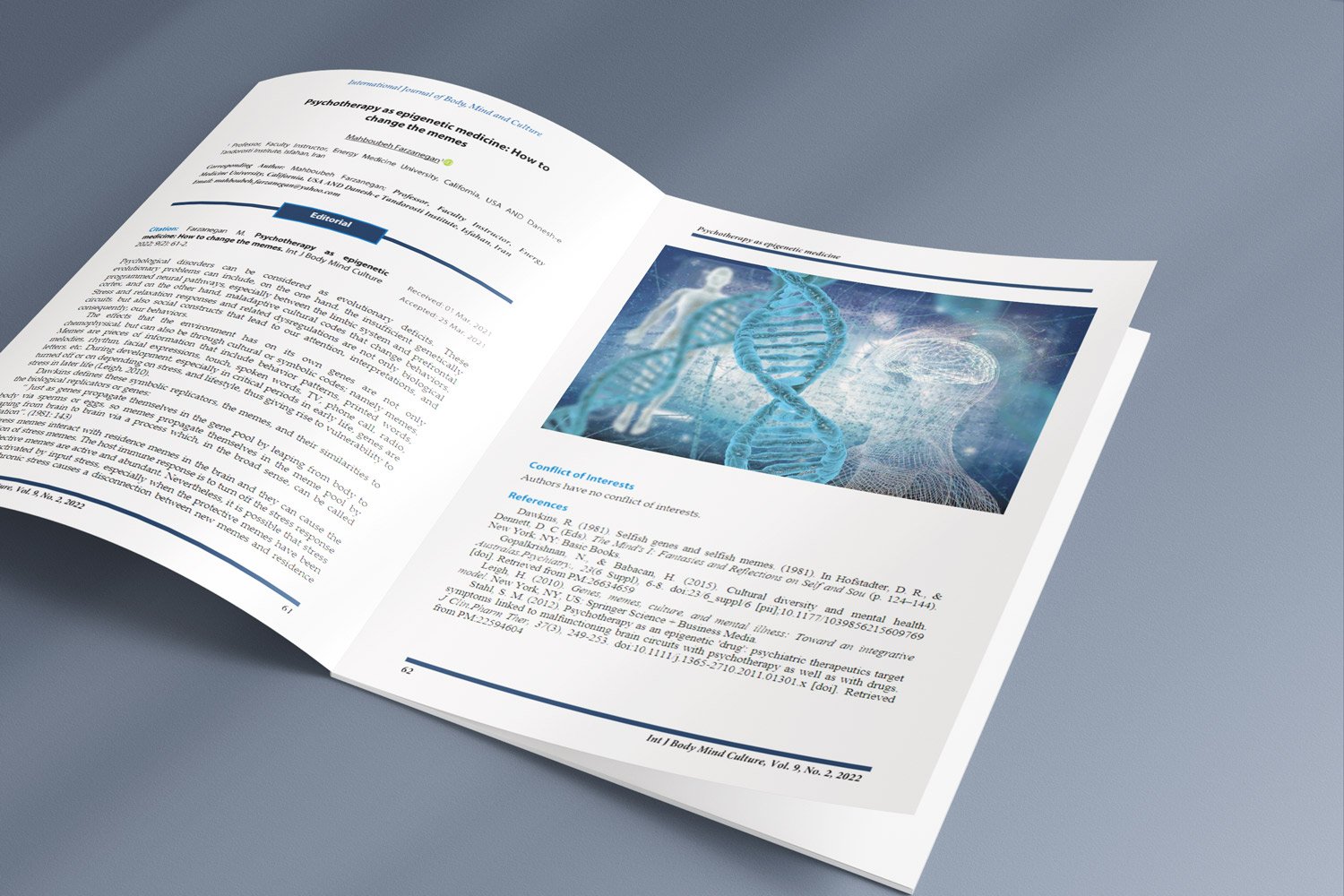Predicting Marital Commitment: The Role of Attachment, Sexual Orientation, and Emotion Regulation
Downloads
Objective: This study aimed to predict marital commitment based on attachment styles, emotional orientation in sexual relationships, and emotion regulation in married women.
Methods and Materials: This descriptive-correlational research was conducted among married students of Islamic Azad University, Tehran, during the academic year 2022. A total of 300 participants, aged 18 and above, with at least two years of marriage, were selected using convenience sampling. Data collection tools included the Marital Commitment Questionnaire (Adams & Jones, 1997), the Attachment Style Questionnaire (Hazen & Shaver, 1987), the Emotional Orientation Toward Sexuality Questionnaire (Aliabadian & Hassanzadeh, 2016), and the Emotion Regulation Questionnaire (Gross & John, 2003). Data were analyzed using multivariate regression in SPSS version 26.
Findings: The findings indicated significant correlations between attachment styles and marital commitment: avoidant (β=-0.114, p<0.05) and ambivalent (β=-0.195, p<0.05) attachment styles were negatively associated, while secure attachment style (β=0.142, p<0.05) was positively associated with marital commitment. Among emotional orientation subscales, only "desire for sex" showed a positive and significant correlation (β=0.374, p<0.05) with marital commitment. Emotion regulation was also positively correlated (β= 0.691, p<0.05) and accounted for 19% of the variance in marital commitment (R² = 0.19).
Conclusion: Secure attachment style and emotion regulation were the strongest predictors of marital commitment. These findings highlight the importance of incorporating training on attachment styles and emotion regulation strategies in workshops for married individuals. Additionally, fostering healthy emotional orientation in sexual relationships, particularly enhancing desire, can further strengthen marital commitment.
Downloads
Adams, J. M., & Jones, W. H. (1997). The conceptualization of marital commitment: An integrative analysis. Journal of personality and social psychology, 72(5), 1177-1196. https://doi.org/10.1037/0022-3514.72.5.1177
Afshin, A., Ganji, F., & Yaghobiyan, R. (2024). Predicting Marital Intimacy Based on Attachment Styles, Early Maladaptive Schemas, and Love Styles in Married Female Students. Aftj, 5(1), 108-114. https://doi.org/10.61838/kman.aftj.5.1.12
Bijan, S., & Behzadipour, S. (2022). One-year Follow-up of Body Image Changes and Sexual Satisfaction in Women Undergoing Cosmetic Breast Surgery. International Journal of Body, Mind and Culture, 9(1), 1-10. https://doi.org/10.22122/ijbmc.v9i1.363
Chukwuemelie, E. J. (2025). The Moderating Role of Emotion Regulation in the Relationship Between Trauma Exposure, Diet and Sleep Quality Among Adults in Uyo Metropolis. International Journal of Research and Innovation in Social Science, IX(I), 4463-4473. https://doi.org/10.47772/ijriss.2025.9010339
Cinek, B. Y. (2025). Cognitive Emotion Regulation and Its Impact on Sexual Function, Body Image, and Depression in Breast Cancer Survivors. Psychiatry Investigation, 22(3), 330-339. https://doi.org/10.30773/pi.2024.0349
Farmer, R. F., & Chapman, A. L. (2025). Enhancing Emotion Regulation. 319-341. https://doi.org/10.1037/0000435-010
Ghezelseflo, M. (2020). Prediction of marital commitment: Attachment style and relational maintenance behavior. Journal of Applied Family Therapy, 1(1), 1-16. https://doi.org/10.22034/aftj.2020.111525
Gross, J. J., & John, O. P. (2003). Individual differences in two emotion regulation processes: Implications for affect, relationships, and well-being. Journal of personality and social psychology, 85(2), 348-362. https://doi.org/10.1037/0022-3514.85.2.348
Hazan, C., & Shaver, P. R. (1987). Romantic love is conceptualized as an attachment process. Journal of personality and social psychology, 52(3), 511-524. https://doi.org/10.1037/0022-3514.52.3.511
Khorrami Nobandi, S., & Yaghoubi Pour, A. (2024). Structural Model of Predicting Marital Commitment Based on Attachment Styles and Early Maladaptive Schemas in Individuals with Emotional Extramarital Relationships. 8th International Conference on Law, Psychology, Educational and Behavioral Sciences, Tehran.
Koçyiğit, M., & Uzun, M. (2025). Emotion Regulation and Couple Burnout in Marriage: A Moderated Moderation Model of Authenticity, Sex of Parents and Having Children. Current Psychology. https://doi.org/10.1007/s12144-024-07253-1
McNulty, J. K., Maxwell, J. A., Meltzer, A. L., & Baumeister, R. F. (2019). Sex-differentiated changes in sexual desire predict marital dissatisfaction. Archives of Sexual Behavior, 48(8), 2473-2489. https://doi.org/10.1007/s10508-018-1371-3
Mirgain, S. A., & Cordova, J. V. (2007). Emotion skills and marital health: The association between observed and self-reported emotion skills, intimacy, and marital satisfaction. Journal of Social and Clinical Psychology, 26(9), 983-1009. https://doi.org/10.1521/jscp.2007.26.9.983
Moghadamnia, M. M., & Soleimani Farsani, B. H. (2023). Relationship between Marital Commitment and Marital Satisfaction with Self-Conscious Emotions and Self-Coherence married female. Psychology of Woman Journal, 4(1), 52-61. https://doi.org/10.61838/kman.pwj.4.1.6
Navabinejad, S., Rostami, M., & Parsakia, K. (2024). Influences of Family Structure and Intimacy on Emotional Divorce: A Cross-Sectional Analysis. Journal of Psychosociological Research in Family and Culture, 2(1), 23-30. https://doi.org/10.61838/kman.jprfc.2.1.5
Pidad, F., Motlagh, M. G., & Mafakheri, A. (2024). Comparison of the Effectiveness of Mindfulness Therapy and Transactional Analysis on Sexual Function and Marital Commitment in Female Patients With Bipolar Disorder. PWJ, 5(4), 120-130. https://doi.org/10.61838/kman.pwj.5.4.14
Pirzadeh, S., & Parsakia, K. (2023). A Comparative Study of Family Structure (Cohesion and Flexibility) and Functioning in People with and without Drug Abuse. International Journal of Body, Mind & Culture, 10(1), 82-89. https://doi.org/10.22122/ijbmc.v10i1.278
Sadeghi, M., Ghaderijavid, S., & Shalani, B. (2019). Prediction of Marital Commitment based on Personality Traits, Attachment Styles, and Religious Orientation in Married Students. Journal of Pizhūhish dar dīn va Salāmat (i.e., Research on Religion & Health), 5(3), 18-31. https://doi.org/10.22037/jrrh.v5i3.20209
Copyright (c) 2025 International Journal of Body, Mind and Culture

This work is licensed under a Creative Commons Attribution-NonCommercial 4.0 International License.










